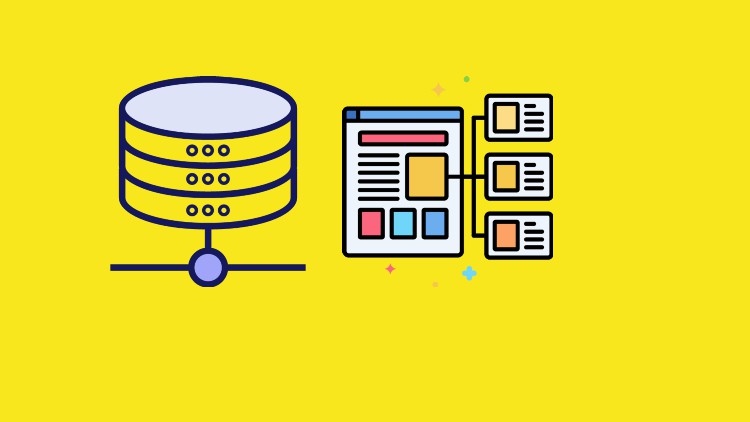SQLite Databases | Python Programming: (Build App and API )
- Description
- Curriculum
- FAQ
- Reviews
SQLite is a software library that provides a relational database management system. The lite in SQLite means light weight in terms of setup, database administration, and required resource. SQLite does NOT require a server to run.
Because of the serverless architecture, you don’t need to “install” SQLite before using it. There is no server process that needs to be configured, started, and stopped. SQLite uses dynamic types for tables. It means you can store any value in any column, regardless of the data type.
SQLite is self-contained means it requires minimal support from the operating system or external library. This makes SQLite usable in any environments especially in embedded devices like iPhones, Android phones, game consoles, handheld media players, etc.
SQLite is capable of creating in-memory databases which are very fast to work with.
SQLite database is integrated with the application that accesses the database. The applications interact with the SQLite database read and write directly from the database files stored on disk.
Python is a dynamic modern object -oriented programming language that is easy to learn and can be used to do a lot of things both big and small. Python is what is referred to as a high level language. That means it is a language that is closer to humans than computer. It is also known as a general purpose programming language due to it’s flexibility.
Python is a popular and versatile programming language. It can be used for web development (server-side) to create web applications , software development, mathematics, system scripting, data science, data visualization. Python can be used alongside software to create workflows. Python can connect to database systems. It can also read and modify files. Python can be used to handle big data and perform complex mathematics. Python can be used for rapid prototyping, or for production-ready software development.
Python works on different platforms (Windows, Mac, Linux, Raspberry Pi, etc).Python has a simple syntax similar to the English language. Python has syntax that allows developers to write programs with fewer lines than some other programming languages. Python runs on an interpreter system, meaning that code can be executed as soon as it is written. This means that prototyping can be very quick. Python can be treated in a procedural way, an object-oriented way or a functional way.
In this practical hands on course we will build a database driven application and an API from scrtach with SQLite and Python.
-
1IntroductionVideo lesson
-
2What is SQLiteVideo lesson
-
3Download and install SQLiteVideo lesson
-
4What is SQLite StudioVideo lesson
-
5Attaching Sample DatabaseVideo lesson
-
6Connecting to SQLite DatabaseVideo lesson
-
7Database ConceptsVideo lesson
-
8SQLite3 ToolVideo lesson
-
9Common SQLite3 CommandsVideo lesson
-
10SQLite Dump CommandVideo lesson
-
11SQLite SELECT StatementVideo lesson
-
12Querying all columns in a tableVideo lesson
-
13Querying specific columns in a tableVideo lesson
-
14Sorting DataVideo lesson
-
15Removing duplicate recordsVideo lesson
-
16Filtering RecordsVideo lesson
-
17Identifying NULL ValuesVideo lesson
-
18SQLite Data TypesVideo lesson
-
36ExpressionsVideo lesson
-
37StatementsVideo lesson
-
38CommentsVideo lesson
-
39Data TypesVideo lesson
-
40Casting Data TypesVideo lesson
-
41VariablesVideo lesson
-
42Python ListVideo lesson
-
43Python DictionaryVideo lesson
-
44Python OperatorsVideo lesson
-
45Python Conditional StatementsVideo lesson
-
46Python LoopsVideo lesson
-
47Python FunctionsVideo lesson
-
54What we will createVideo lesson
-
55Application design sketchVideo lesson
-
56What is TkinterVideo lesson
-
57Creating a logo imageVideo lesson
-
58Creating a project directoryVideo lesson
-
59Importing tkinterModuleVideo lesson
-
60Creating a Python ClassVideo lesson
-
61Adding Widgets : Part 1Video lesson
-
62Adding Widgets : Part 2Video lesson
-
63Adding Widgets : Part 3Video lesson
-
64Adding Widgets : Part 4Video lesson

External Links May Contain Affiliate Links read more





